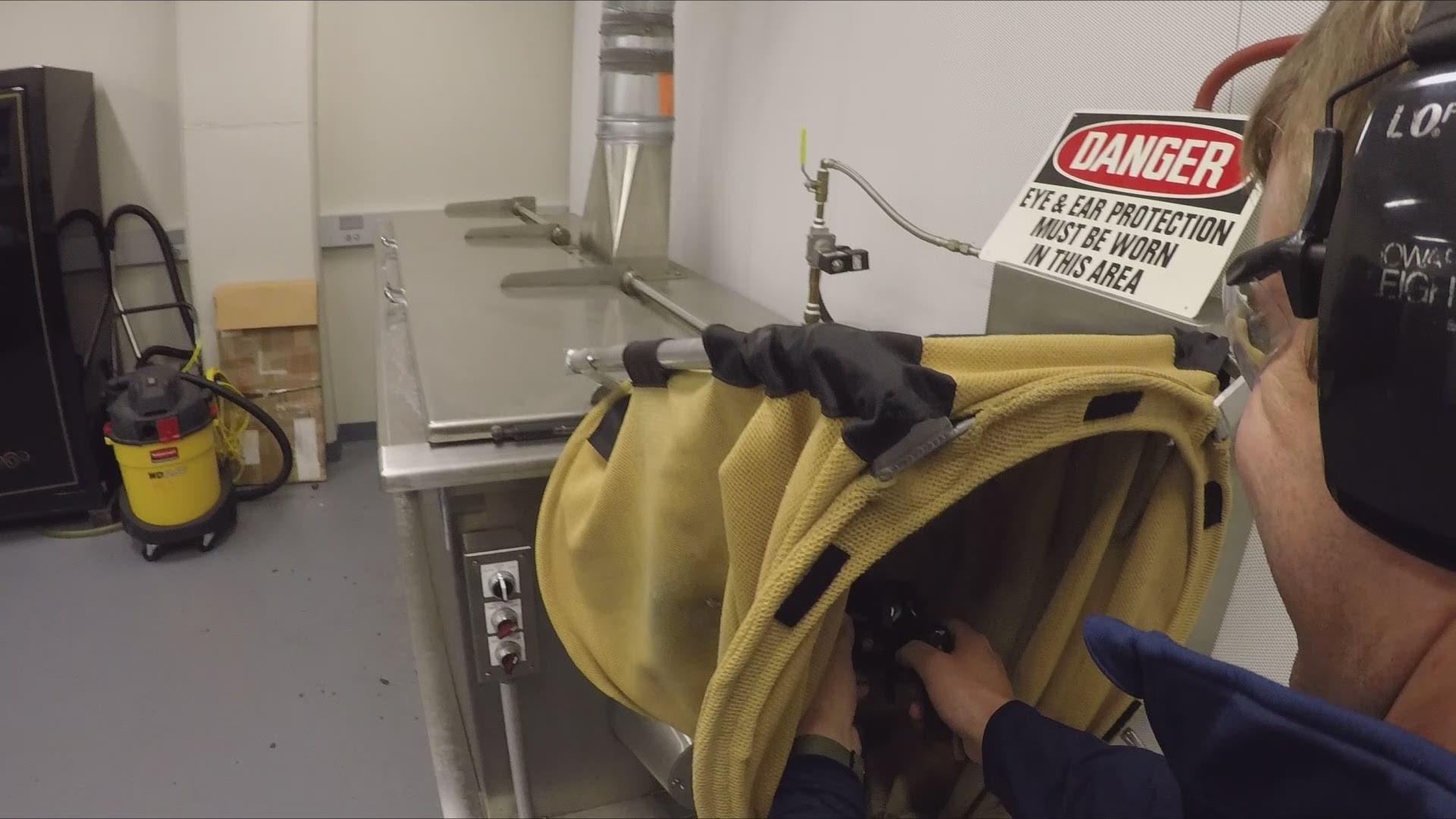WASHINGTON — With thousands tuning into CSI TV shows, the D.C. Department of Forensic Sciences said they're influencing jurors' decisions.
That's why Wednesday, the department opened its lab to the public to educate them on fact vs. fiction.
"We’re starting to see as our analysts go to testify in court, the results of the prosecutions and the outcomes have to do with whether or not people expect that there are forensic science testing that we can do versus we can’t do based off them watching television," Deputy Director of DCDFS, Karen Wiggins, said.
Wiggins said she's seen a jury's decision to convict come down to whether or not these "real life" analysts can display what the TV shows have led them to expect.
For example, Firearms Examiner Ashley Rachael said it's true that a gun leaves a unique print on a bullet and casing, but that doesn't mean they'll be able to identify the gun.
She said investigators often don't find the firearm at the scene.
"Sometimes we can only say that all of these cartridge cases were fired in the same firearm, but if that firearm isn’t recovered, there’s no way for us to say which specific firearm," Rachael said.


High school sophomore Londyn Napper watched Rachael's demonstration attentively, hoping to study forensic science when she goes to college. Even if that doesn't happen, she already understands the importance of knowing how the real process works.
"I’ve learned that some situations that happen on the TV may seem easier than what happens in real life," Napper said. "Like in TV, it only shows a few scenes of what they have to go through to get information, but in real life, they can spend hours and hours out of a day to figure out information."
Deputy Director Wiggins said that's their goal: Teach the public how to view evidence through the lens of an analyst.


